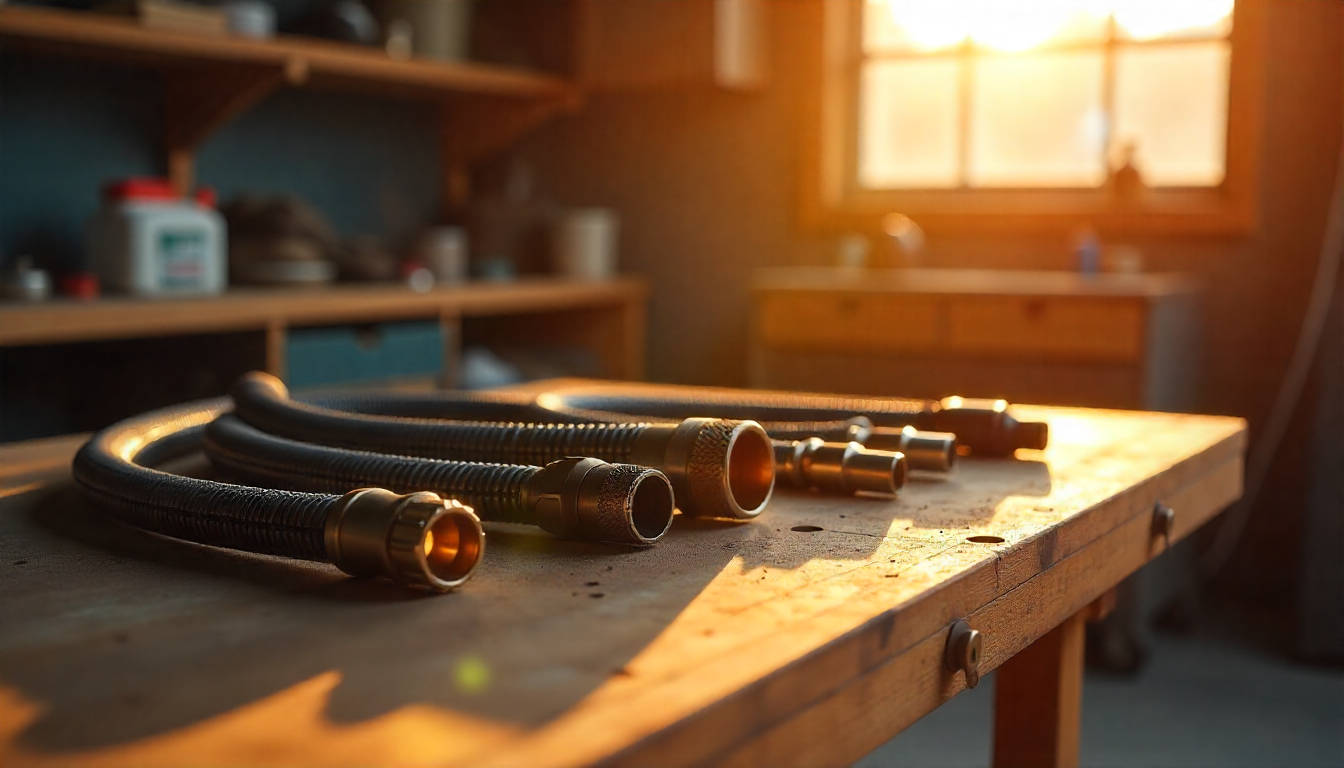When it comes to boating, an Outboard Fuel Line Guide can be the difference between a smooth ride and a day ruined by engine trouble. Every boater, whether new or experienced, should understand how to select, install, and maintain the right fuel line. Without the proper setup, even the most reliable outboard motor can suffer from power loss, stalling, or wasted fuel.
This detailed Outboard Fuel Line Guide walks you through material choices, installation methods, maintenance schedules, and troubleshooting tips so your boat’s engine always gets the fuel it needs.
Why Every Boater Needs an Outboard Fuel Line Guide
A fuel line does more than connect your tank to the engine—it ensures steady, clean fuel delivery. When the line fails, you risk leaks, performance drops, or safety hazards. Furthermore, ethanol-blended fuels common at marinas can cause hoses to crack, swell, or break down prematurely.
Following an Outboard Fuel Line Guide helps you avoid these issues by showing exactly what to look for in materials, fittings, and protective features.
Components Explained in the Outboard Fuel Line Guide
A complete marine fuel system contains several key parts working together:
- Fuel line – Transfers fuel from the tank to the engine.
- Fuel hose – Marine-grade tubing that withstands fuel exposure.
- Primer bulb – Manual pump to fill the carburetor or fuel injection system.
- Fittings – Connectors that secure hoses and prevent leaks.
- Fuel tank – The storage point for gasoline or diesel.
Understanding these components allows boaters to quickly identify and fix problems before they escalate.
How to Choose the Best Outboard Fuel Line
Selecting the Right Material
In an Outboard Fuel Line Guide, material choice is always a top priority. Rubber lines remain common, but ethanol-resistant synthetic and composite options last longer. Additionally, UV and saltwater protection is essential for durability in marine environments.
Ensuring the Proper Size and Fit
A line that’s too narrow can choke fuel flow, while one too wide risks slipping off fittings. Always confirm the inner diameter recommended by your engine manufacturer.
Checking Fuel Hose Quality
A high-quality fuel hose resists kinking, stays flexible, and handles temperature extremes. Many boat owners keep a spare fuel line hose on board for emergencies.
The Role of the Primer Bulb in the Outboard Fuel Line Guide
Although small, the primer bulb is crucial to starting your engine after long storage or repairs. Squeeze it until it feels firm—indicating the carburetor is primed. If it becomes cracked, stiff, or loses pressure, it’s time for a replacement.
Many seasoned boaters carry a second one to ensure a trip doesn’t end before it starts.
Installing a Fuel Line Correctly
Proper installation, as outlined in this Outboard Fuel Line Guide, can prevent leaks and fuel delivery issues:
- Measure twice before cutting the hose.
- Use barbed fittings for secure connections.
- Avoid sharp bends or kinks.
- Position the primer bulb arrow toward the engine.
By following these steps, you reduce the chance of air leaks that cause hard starts or stalling.
Problems the Outboard Fuel Line Guide Helps You Avoid
- Cracked hose – Replace at the first sign of damage to prevent leaks.
- Clogged line – Install a filter to keep debris from reaching the engine.
- Ethanol damage – Choose ethanol-resistant materials to maintain integrity.
- Loose fittings – Check and tighten before every outing.
Proactive care keeps your boat running smoothly and avoids mid-trip breakdowns.
Maintenance Schedule from the Outboard Fuel Line Guide
Every trip:
- Inspect hose and line for damage.
- Test primer bulb operation.
Every season:
- Replace stiff or cracked hoses.
- Flush the fuel tank to remove debris.
Every two years:
- Install a new primer bulb.
- Upgrade hoses if improved materials are available.
Consistent upkeep ensures your system stays safe and efficient.
Storing the Fuel Line for the Off-Season
When storing your boat for winter, follow these tips:
- Drain or stabilize the fuel to prevent varnish buildup.
- Disconnect the fuel line to relieve pressure.
- Keep hoses and bulbs in a cool, dry location.
These steps stop premature hose damage and keep the system ready for next season.
A Boater’s Lesson in Neglect
A fishing enthusiast once ignored his own Outboard Fuel Line Guide checklist. On a busy weekend, his engine failed to start. The culprit? A split primer bulb and clogged fuel hose. Both problems were preventable with routine checks—a reminder that even small parts can ruin big plans if overlooked.
When to Replace Fuel Lines and Hoses
Signs it’s time to swap parts include:
- Persistent fuel odor.
- Soft or blistered hose surfaces.
- Primer bulb failing to firm up.
- Engine sputtering under load.
Replacing components at the first sign of trouble avoids bigger repairs down the road.
OEM vs. Aftermarket in the Outboard Fuel Line Guide
OEM parts guarantee compatibility with your motor. Aftermarket options might save money but vary widely in quality. Since the fuel system is safety-critical, prioritize reliability over cost savings.
Emergency Repairs While Underway
If a line fails mid-trip:
- Shut off the engine immediately.
- Locate the damaged section.
- Cut it out and use a spare hose and clamps to reconnect.
- Prime the bulb and restart.
While temporary, this method gets you back to shore safely.
Final Word from the Outboard Fuel Line Guide
Choosing and maintaining the right fuel line is one of the most important tasks in boating. By using the principles in this Outboard Fuel Line Guide, you’ll keep your engine fed with clean, uninterrupted fuel. Regular inspections, quality parts, and proper installation mean more time on the water and fewer unexpected stops.
Treat your fuel system like the lifeline it is, and you’ll enjoy smoother rides, safer trips, and better boating experiences year after year.

 Outboard Fuel Line Guide – How to Choose and Maintain the Best Options">
Outboard Fuel Line Guide – How to Choose and Maintain the Best Options">
